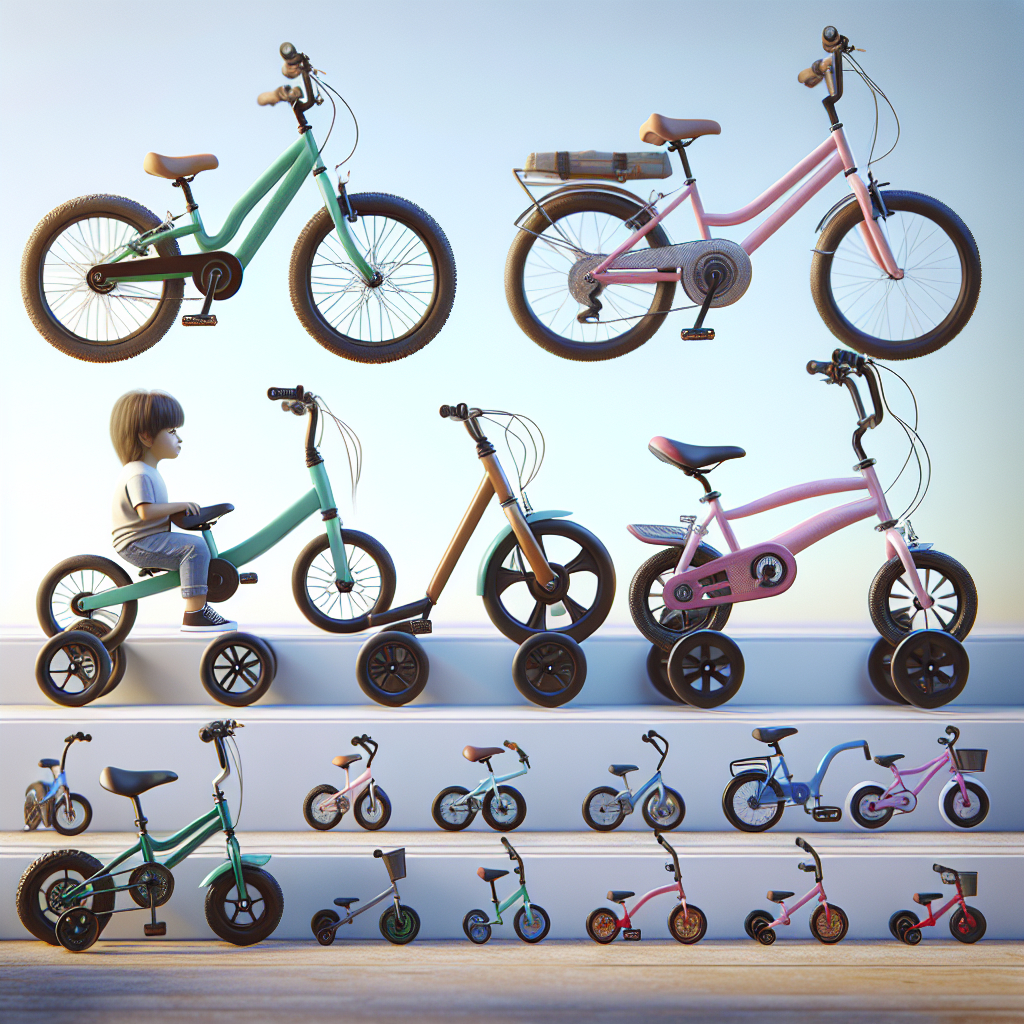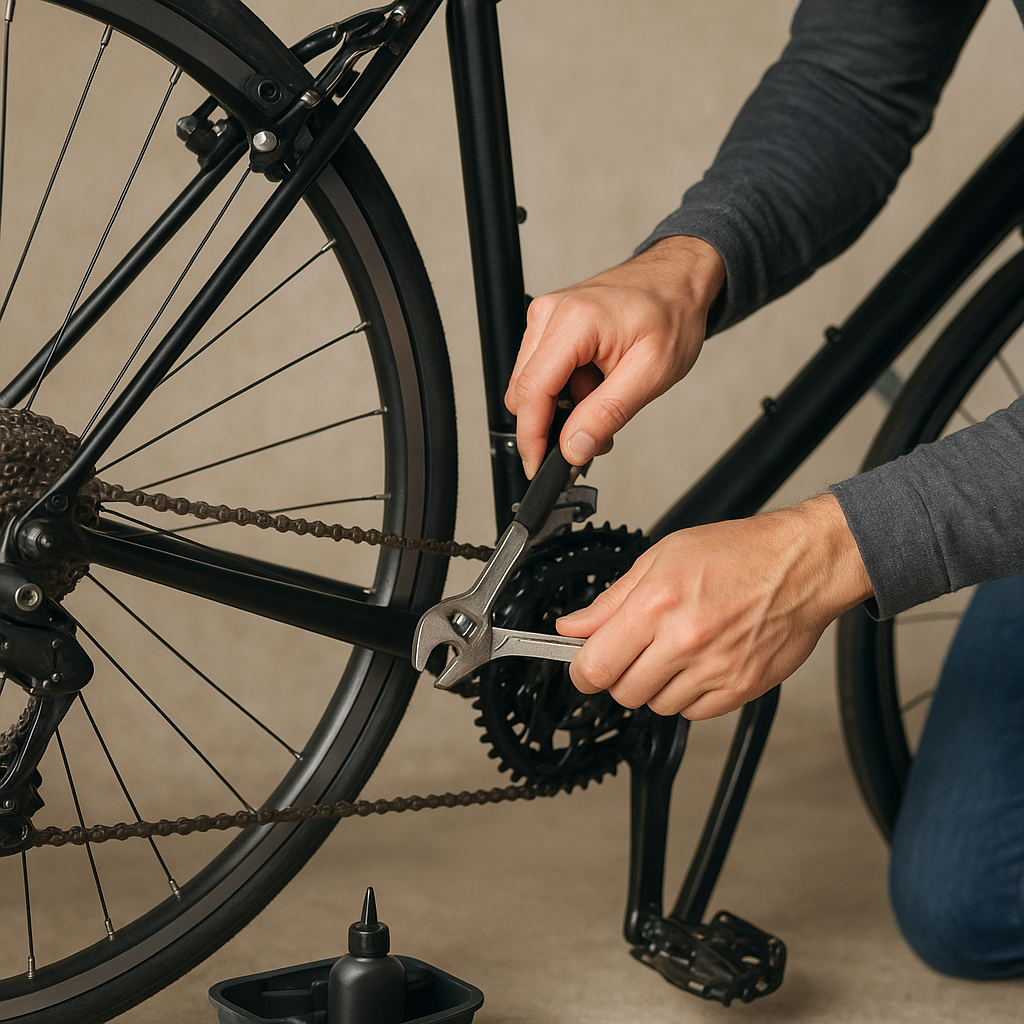
Choosing the right bicycle for your child can be a daunting task, especially with the myriad of options available on the market. From balance bikes for toddlers to mountain bikes for teenagers, each age group has specific needs and considerations. This article aims to guide you through the process of selecting the perfect bike for your child, ensuring safety, comfort, and enjoyment.
Understanding the Different Types of Kids’ Bikes
Before diving into the specifics of age-appropriate bikes, it’s essential to understand the various types of kids’ bicycles available. Each type serves a different purpose and is designed to cater to specific developmental stages and riding skills.
Balance Bikes
Balance bikes, also known as run bikes, are designed for toddlers and young children who are just starting to learn how to ride. These bikes do not have pedals, allowing children to focus on balancing and steering. The absence of pedals helps kids develop their balance and coordination skills, which are crucial for transitioning to a pedal bike later on.
- Age Group: Typically suitable for children aged 18 months to 5 years.
- Key Features: Lightweight frame, adjustable seat height, and no pedals.
- Benefits: Enhances balance and coordination, easy to use, and builds confidence.
Pedal Bikes with Training Wheels
Pedal bikes with training wheels are the next step up from balance bikes. These bikes come with removable training wheels that provide extra stability for children who are still mastering the art of pedaling and balancing simultaneously. As the child’s skills improve, the training wheels can be removed to allow for independent riding.
- Age Group: Generally suitable for children aged 3 to 7 years.
- Key Features: Pedals, training wheels, and adjustable seat height.
- Benefits: Helps children transition from balance bikes, provides stability, and builds pedaling skills.
Single-Speed Bikes
Single-speed bikes are ideal for children who have outgrown training wheels and are ready for more independent riding. These bikes have a single gear, making them simple to operate and maintain. They are perfect for riding on flat terrains and short distances.
- Age Group: Suitable for children aged 5 to 9 years.
- Key Features: Single gear, coaster brakes, and lightweight frame.
- Benefits: Easy to ride, low maintenance, and helps build confidence in independent riding.
Multi-Speed Bikes
Multi-speed bikes are designed for older children who are ready to tackle more challenging terrains and longer rides. These bikes come with multiple gears, allowing the rider to adjust the resistance based on the terrain. They are perfect for children who enjoy exploring and going on adventures.
- Age Group: Suitable for children aged 7 years and up.
- Key Features: Multiple gears, hand brakes, and durable frame.
- Benefits: Versatile, suitable for various terrains, and enhances riding skills.
Factors to Consider When Choosing a Kids’ Bike
When selecting a bike for your child, several factors need to be taken into account to ensure the best fit and experience. These factors include the child’s age, height, skill level, and the type of riding they will be doing.
Age and Height
Age and height are crucial factors in determining the right bike size for your child. Bikes are typically categorized by wheel size, which corresponds to the child’s age and height. It’s essential to choose a bike that allows your child to comfortably reach the ground with their feet while sitting on the saddle.
- 12-inch wheels: Suitable for children aged 2 to 4 years, with a height of 85 to 100 cm.
- 14-inch wheels: Suitable for children aged 3 to 5 years, with a height of 95 to 110 cm.
- 16-inch wheels: Suitable for children aged 4 to 6 years, with a height of 105 to 120 cm.
- 20-inch wheels: Suitable for children aged 5 to 8 years, with a height of 115 to 135 cm.
- 24-inch wheels: Suitable for children aged 7 to 11 years, with a height of 130 to 145 cm.
Skill Level
The child’s skill level is another important consideration. Beginners may benefit from balance bikes or pedal bikes with training wheels, while more experienced riders may prefer single-speed or multi-speed bikes. Assessing your child’s current riding abilities will help you choose a bike that matches their skill level and encourages further development.
Type of Riding
Consider the type of riding your child will be doing. If they will primarily be riding on flat, paved surfaces, a single-speed bike may be sufficient. However, if they enjoy off-road adventures or longer rides, a multi-speed bike with gears and hand brakes may be more appropriate. Understanding the intended use of the bike will help you select the right features and specifications.
Safety Considerations
Safety should always be a top priority when choosing a bike for your child. Ensuring that the bike is the right size and fit is crucial for preventing accidents and injuries. Additionally, there are several safety features and accessories to consider.
Helmet
A properly fitting helmet is essential for protecting your child’s head in case of a fall or collision. Make sure the helmet meets safety standards and fits snugly on your child’s head without being too tight or too loose. Encourage your child to wear the helmet every time they ride their bike.
Protective Gear
In addition to a helmet, consider other protective gear such as knee and elbow pads, especially for younger children who are still learning to ride. These pads can help prevent scrapes and bruises in case of a fall.
Reflectors and Lights
Reflectors and lights are important for visibility, especially if your child will be riding in low-light conditions. Ensure that the bike has reflectors on the front, rear, and wheels. Additionally, consider adding a front and rear light to enhance visibility and safety.
Brakes
Check the bike’s braking system to ensure it is easy for your child to use and provides reliable stopping power. Younger children may find coaster brakes (pedal brakes) easier to use, while older children may prefer hand brakes. Make sure your child understands how to use the brakes properly before they start riding.
Conclusion
Finding the right bicycle for your child involves considering their age, height, skill level, and the type of riding they will be doing. By understanding the different types of kids’ bikes and the factors to consider, you can make an informed decision that ensures your child’s safety, comfort, and enjoyment. Remember to prioritize safety features and encourage your child to wear protective gear every time they ride. With the right bike, your child can develop their riding skills, build confidence, and have fun exploring the world on two wheels.

